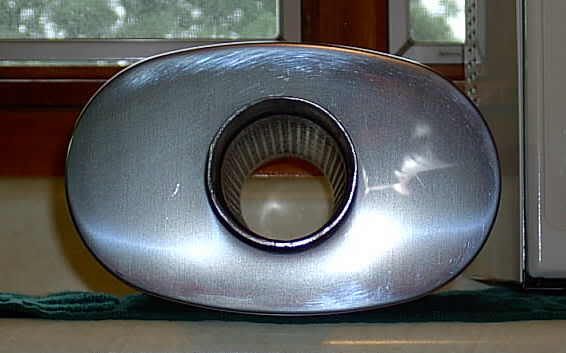To clear up a few questions about the catalytic convertor, or shall we say resonator on the RT. A friend of mine had his resonator, not catalytic convertor, cut off of his 2012 RT yesterday at a local muffler shop. I was not brave enough to get it done. He said the muffler shop charged him $ 200 and it took them three hours. BUT they spent about one hour trying to cut open the resonator. It said resonator on the part. He road it about 50 miles yesterday to meet me. He said it sounded different and he claims it runs cooler.
The muffler shop made the piece to fit where the resonator was.
So my conclusion is that the Spyder does not have a catalytic convertor, it has a resonator.
I will keep everyone up to date on his bike. I don't know if this will help with some of the heat on the RT.
The muffler shop made the piece to fit where the resonator was.
So my conclusion is that the Spyder does not have a catalytic convertor, it has a resonator.
I will keep everyone up to date on his bike. I don't know if this will help with some of the heat on the RT.



